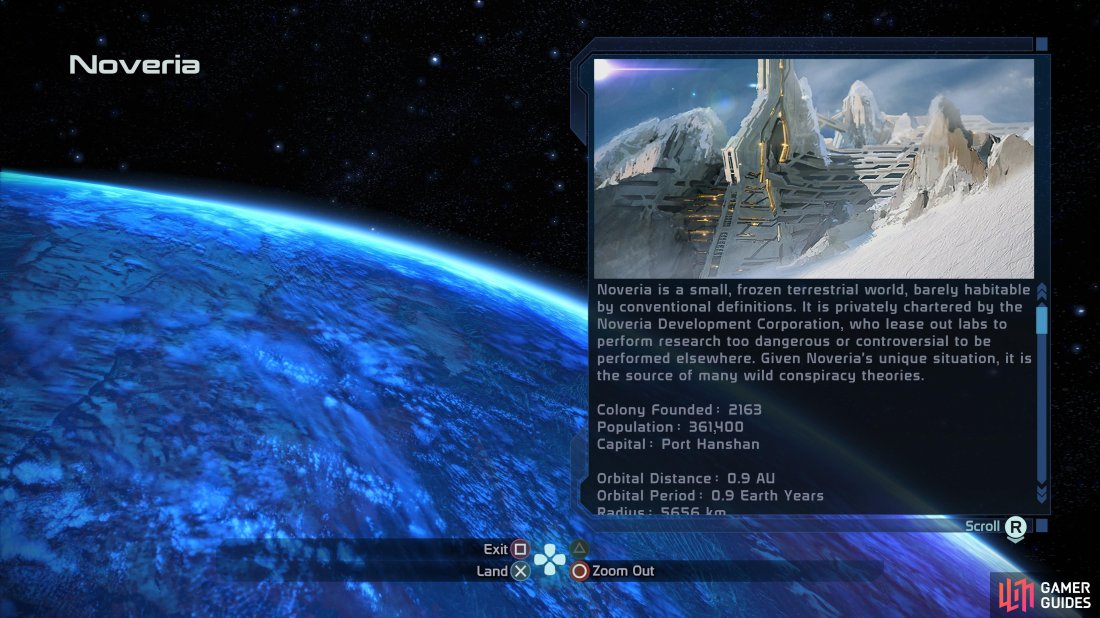


The Crab usually shows in small telescopes as a featureless gray ghost. Small telescopes reveal only a shapeless 8th-magnitude blur variously sketched as oval, rectangular, or more often something in between. The Crab Nebula (M1) can be seen in 2-inch finders. The Crab Nebula (M1) is located about 1° north and a little west of Zeta Taurus, a bright star that marks the tip of one of the horns of Taurus, the Bull. Amateurs accustomed to seeing it on large-scale photographs end up looking for an object that is much too big. When I have seen it with telescopes between 10 and 16 inches in aperture, my first reaction has always been how tiny it is! Knowing just where to look for it is half the battle. Another reason that many searches fail is that observers are looking for the wrong-sized object. Scattered light from 2nd-magnitude Zeta foils many attempts to find the Horsehead, since the two are separated by only ½°. The blob of darkness lies halfway along the streamer of faint nebulosity that runs for 1° south from Zeta (ζ) Orionis, the easternmost belt star.The streamer IC434) is a bit brighter than the Veil Nebula in Cygnus, and no great feat to see.īut recognizing the dark blotch B33 is another matter. It’s incredibly challenging for visual observers. The Horsehead Nebula (Barnard 33) is one of the most photographed but least observed nebulae in the sky. The nebula NGC 2024 is to the left of the bright star Zeta Orionis (located directly above the horse's head). The Horsehead Nebula is a challenging visual target for small-scope observers, although the bright streamer IC 434 is easier to see. (For more on the Orion Nebula see the article "A Pair of Nice Nebulae.") There’s no need for a finder, either, since you can simply sight along the edge of the telescope tube to bring the nebula into view. Intertwined with the Sword on the Hunter’s Belt, M42 requires no charts or setting circles (see the photograph on the previous page). Even “overpowering” is a most inadequate word when the nebula is seen in a really dark sky. None, however, do real justice to this great mass of swirling, pale green, chaotic gas. The Orion Nebula (M42) has inspired more adjectives than any other nebulae. The following seasonal guide to a variety of nebulae consists of excerpts from the book. In it he explored the dim denizens of the deep sky - asterisms, double and variable stars, open and globular clusters, nebulae, and galaxies.ĭeep-Sky Wonders, a month-by-month selection of those columns, was published in 1999 and is available from Sky Publishing. The Orion Nebula is clearly visible as a pink patch below the 3 stars of Orion's Belt.įrom 1946 to 1994, Sky & Telescope magazine featured a column called Deep-Sky Wonders, written by amateur astronomer Walter Scott Houston. Orion, the Hunter, takes center stage in the sky throughout winter and early spring in the Northern Hemisphere.


 0 kommentar(er)
0 kommentar(er)
